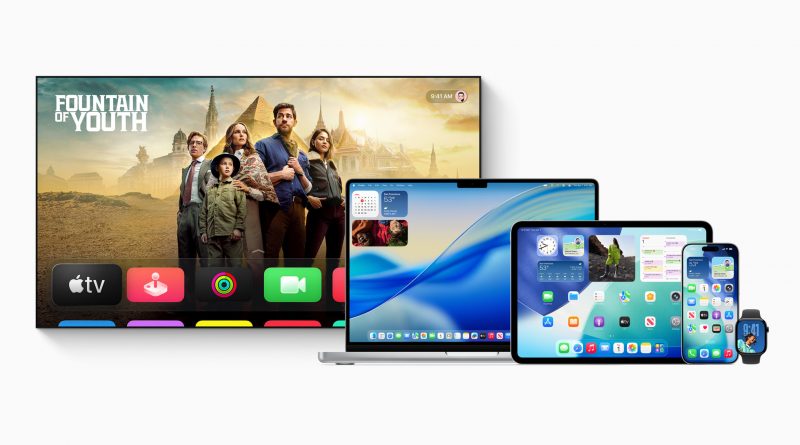iOS 26 and Liquid Glass: What You Need to Know About Apple’s New Interface
Apple introduced iOS 26 at WWDC 2025, and it brings a major shift in how your iPhone looks and feels. The standout feature is called Liquid Glass, and it’s Apple’s biggest design update in years.
Here’s what’s new and what it means for you.
What Is Liquid Glass?
Liquid Glass is Apple’s new user interface layer in iOS 26. It changes how app windows and system elements behave on the screen. Instead of static app backgrounds, windows now look more fluid, almost like frosted glass that reacts to motion, light, and touch.
It’s not just about looks. Liquid Glass also changes how you interact with apps and the system. You’ll see smoother transitions, new depth effects, and better visual separation between apps and system controls. The idea is to reduce clutter and make navigation feel more natural.
Why Apple Made the Change
Apple says Liquid Glass is meant to make the iPhone easier to use. Over time, iOS has added many features, and the company wants to avoid making the interface feel heavy or confusing. This new layer simplifies things without removing core functionality.
Craig Federighi, Apple’s software chief, described it as “clarity through motion.” In practice, this means more visual cues that help you understand what’s happening on the screen without needing popups or alerts.
Performance and Compatibility
Liquid Glass works on all iPhones that support iOS 26, starting from the iPhone 12. Apple designed it with performance in mind, so older devices won’t slow down. The animations use Apple’s Metal graphics engine, which keeps things running smoothly.
Developers don’t need to rebuild their apps from scratch. Apple’s new UIKit updates let apps adopt Liquid Glass automatically with minor tweaks.
Other iOS 26 Changes Worth Noting
While Liquid Glass is the headline feature, iOS 26 includes a few other changes:
- New Lock Screen Tools: Widgets can now update more frequently and support interactivity.
- System-Wide Smart Replies: Messages and emails suggest short responses based on context.
- Improved Privacy Indicators: You’ll get clearer signals when an app uses your camera, mic, or location.
- Better Voice Control: On-device voice recognition works faster and understands more commands.
These changes aren’t flashy, but they add up to a better day-to-day experience.
Should You Upgrade?
If your device supports iOS 26, the upgrade is worth it. Liquid Glass improves how iOS looks without changing how you use it. The system feels faster and more organized.
Apple is releasing a public beta in July, with the full rollout expected in September.
Final Thoughts
iOS 26 doesn’t reinvent the iPhone, but it refines it. Liquid Glass isn’t just a visual update—it’s a shift in how iOS guides your attention. The changes are subtle but useful, and they show that Apple is focused on long-term usability, not short-term flash.
If you’re the type of user who values clarity and consistency, iOS 26 will likely feel like a step forward.

